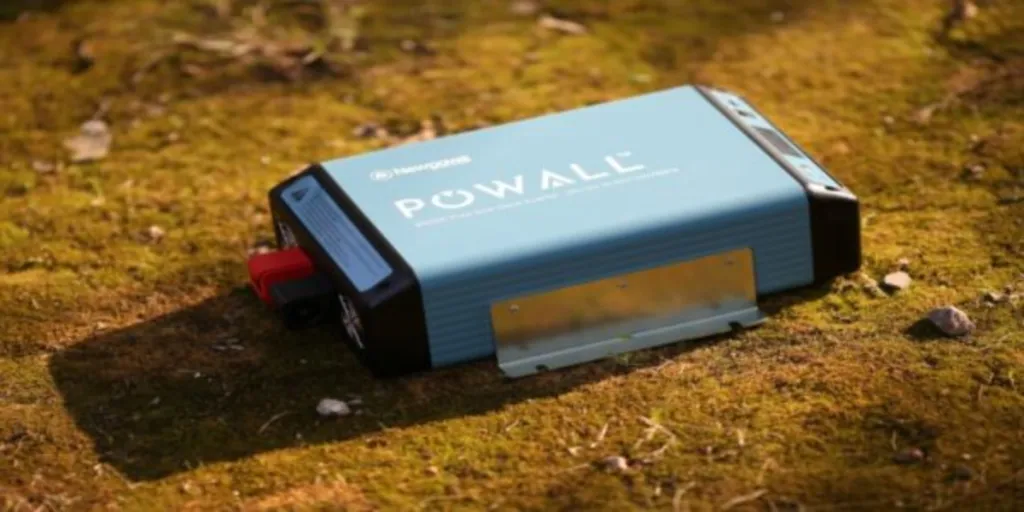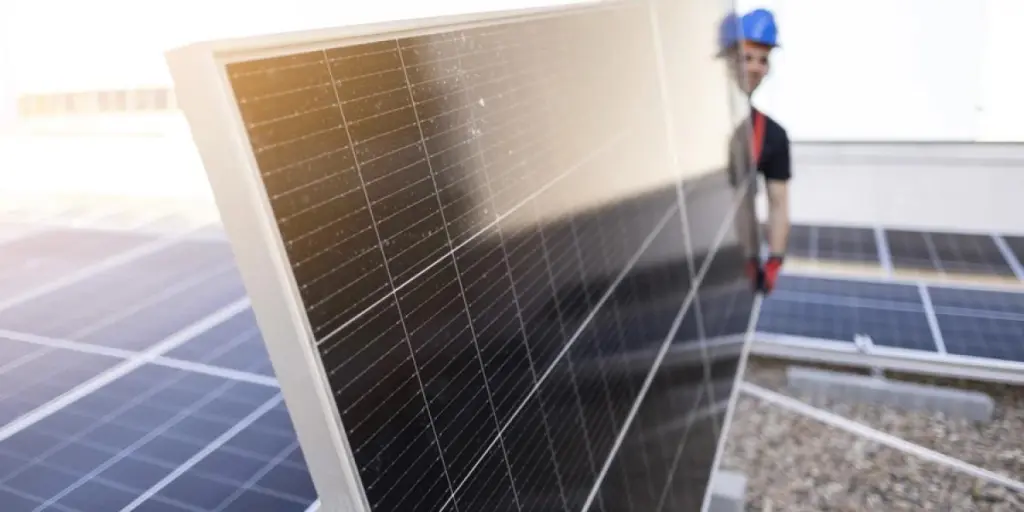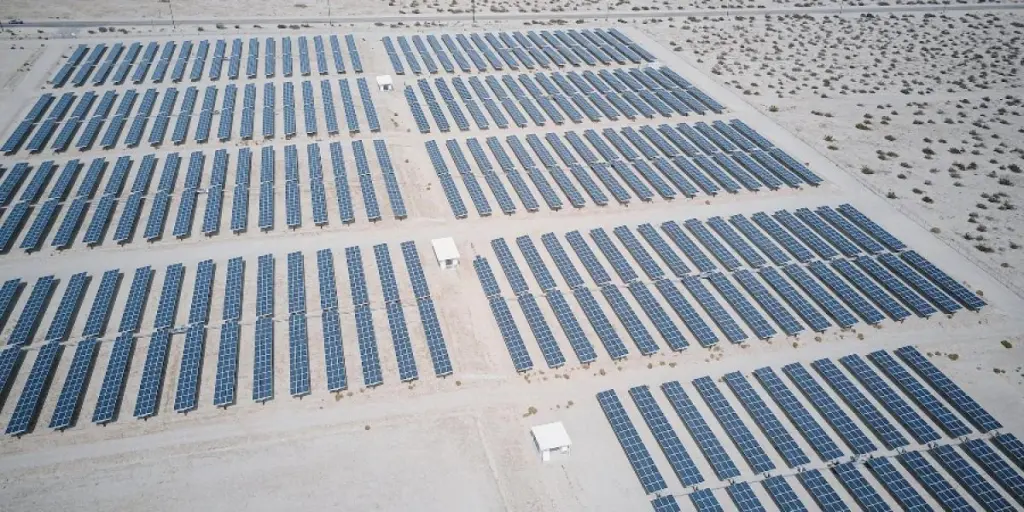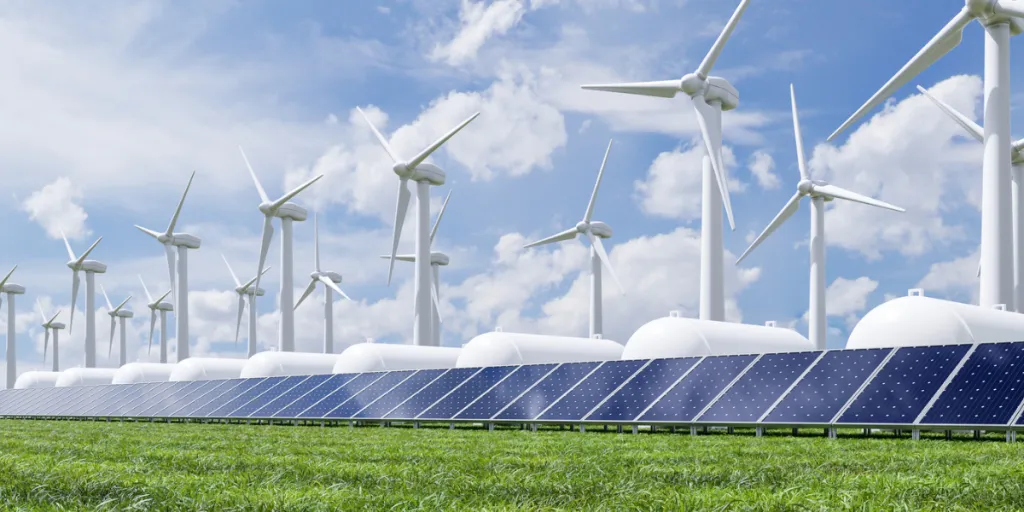- SEIA’s solar manufacturing roadmap for solar sees the prospects for this industry to grow in the wake of IRA incentives
- With a supportive economic environment, the US can also exceed 50 GW manufacturing goal for all key segments as polysilicon, wafers, cells, modules, inverters and trackers in the US
- It recommends encouraging local US manufacturing of key component materials to ensure long term and integrated competitiveness
The Solar Energy Industries Association (SEIA) believes its previously announced goal of 50 GW domestic solar manufacturing capacity by 2030 for each of the key segments namely polysilicon, wafers, cells, modules, inverters and trackers in the US, could be met or even exceeded ‘with the right application’ of new Inflation Reduction Act (IRA) incentives.
For a quick recap, in June 2021 Senator Jon Ossoff proposed the Solar Energy Manufacturing Act (SEMA) to offer tax credit for local producers and that’s when SEIA set a 50 GW annual domestic production target to be achieved by 2030. Now, the US government has included the act in the recently cleared IRA.
Back to SEIA that has now come out with a roadmap to achieving this target by 2030. Titled Catalyzing American Solar Manufacturing, the roadmap outlines how the solar and storage industry can capitalize on this policy support and build a manufacturing base that’s cost-competitive and meets demand.
With new production capacity, the US solar and storage industry will be insulated from global supply disruption and secure the electric grid.
According to the research, over the next 2 to 3 years the US can expect significant new investments in domestic capacities for solar modules, trackers, inverters and racking, followed by new investments in solar ingot, wafer, and cell capacity within next 3 to 5 years.
Initially, it sees large scale manufacturing facilities to enter construction in 2023 and the initial ones supported by these policies to come online by 2024 or 2025. However, for new module capacity to come up, a lot will depend on the ‘continued availability of cost competitive imported cells’.
At the same time, localizing the availability of other key material inputs as solar glass, junction boxes, will also go a long way in ensuring long-term competitiveness of the industry since their import comes at a shipping cost which is as high as for completed modules. A similar suggestion is made for expanding existing manufacturing for materials as castings for tracker drive systems as these are eventually pitted against lower-priced imports.
“Ensuring competitive material supply is one area where the Defense Production Act could play a particularly important role,” it adds.
SEIA analysts argue, “By the end of the decade, the IRA will be instrumental in ensuring the US solar industry meets its goal of 50 GW of domestic solar manufacturing capacity across all key industry segments by 2030.”
The association recommends manufacturers to consider demand and timing for their products and focus their attention on downstream production first, once SEMA is in place.
The detailed Solar Manufacturing roadmap can be viewed on SEIA’s website.
SEIA said it plans to bring out a series of papers following this one to focus on emerging opportunities and challenges for solar and storage industry.
Source from Taiyang News
Disclaimer: The information set forth above is provided by Taiyang News independently of Alibaba.com. Alibaba.com makes no representation and warranties as to the quality and reliability of the seller and products.




